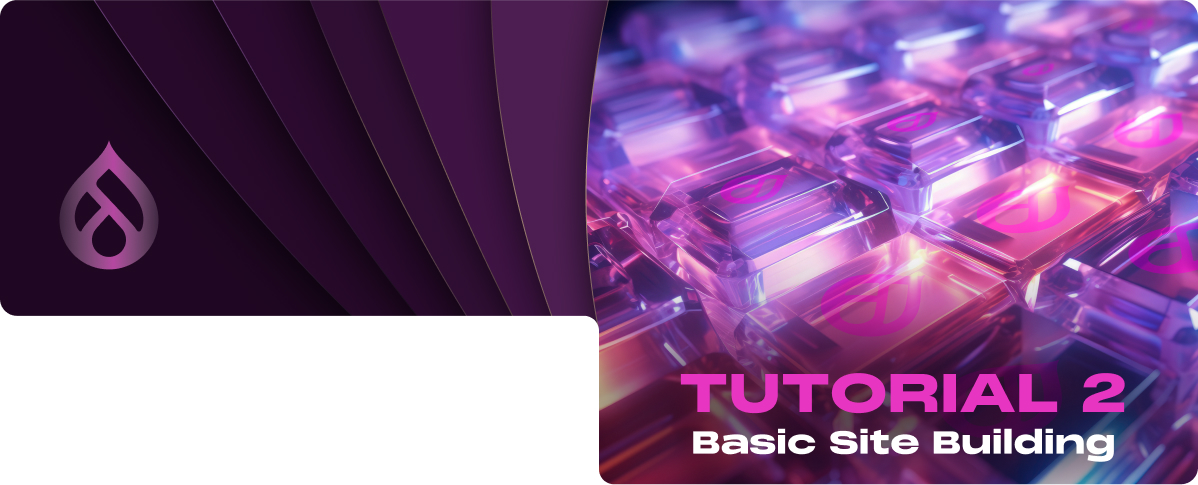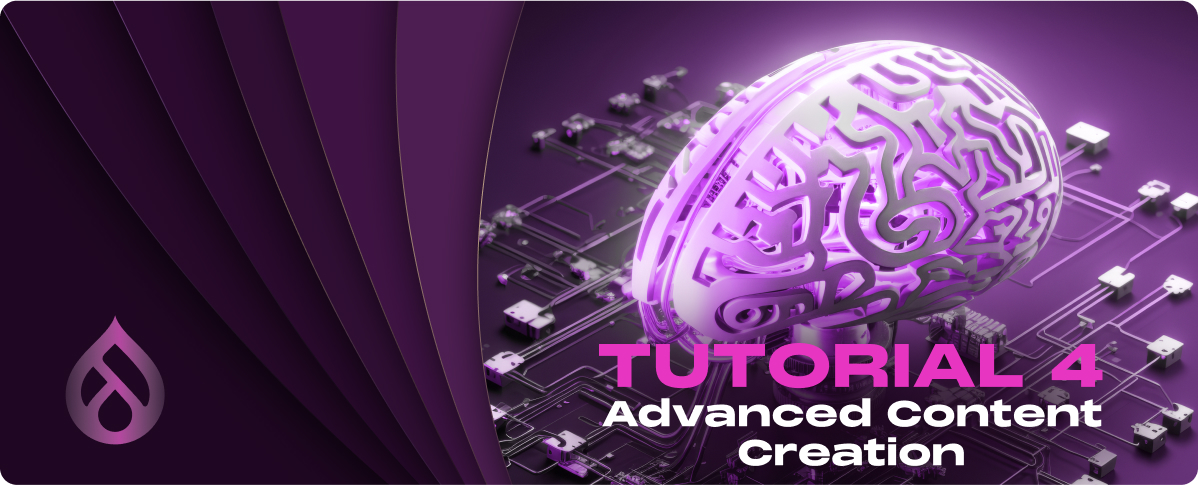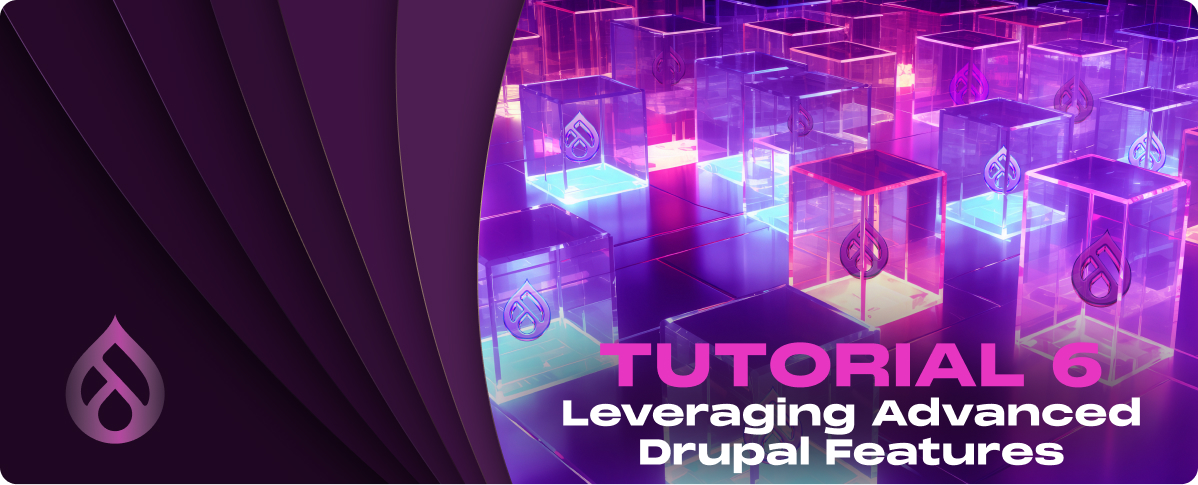Creating Main Menu in Drupal
Menus in Drupal are a crucial part of site structure and user navigation. The main menu typically appears across the top of your site and includes links to major sections. Drupal 10 allows you to easily create, manage, and customize menus.
Step-by-Step Guide to Creating Your Main Menu
1. Access the Menu Management Area
- After logging into your Drupal site, navigate to Structure in the main administration menu. Then, select Menus. Here, you’ll see a list of menus currently defined on your site.
2. Edit the Main Menu
- You’ll find the Main navigation menu, which is Drupal’s default main menu. Click on Edit menu next to it to start adding your menu items.
3. Add a Menu Item
- Click on the + Add link to add a new item to your main menu. You’ll be prompted to enter the Menu link title (the text appearing in the menu) and the Link (the path or URL the menu item will lead to). For internal paths, you can simply enter the node or path alias (e.g., node/1 for the homepage if it’s the first node you created). For external links, enter the full URL, including http:// or https://.
4. Configure the Menu Item
- In the Menu link title field, enter the name of the menu item as you want it to appear on your site.
- In the Link field, enter the corresponding path or URL.
- You can also set additional options, such as opening the link in a new tab or defining attributes, under Show advanced options.
5. Save the Menu Item
- After filling in the details for your menu item, click Save to add it to your main menu. Repeat this process for each item you want to add to your main menu.
6. Reorder Menu Items
- Drupal allows you to reorder your menu items using a drag-and-drop interface. On the Edit menu page for your main menu, simply click and hold the crosshair icon next to any menu item and drag it to its new position.
7. Save Your Configuration
- After adding and organizing your menu items, make sure to click the Save button at the bottom of the Edit menu page to apply your changes.
Creating Blocks & Regions in Drupal
Step-by-Step Guide to Creating Blocks and Defining Regions
1. Access the Block Layout
- To start working with blocks, navigate to the Structure menu in the Drupal administration area and select Block layout. This page displays the regions defined by your site’s theme and the blocks currently assigned to each region.
2. Identify Your Theme’s Regions
- At the top of the Block layout page, you can select Demonstrate block regions (YourThemeName) to see the regions available in your current theme visually. This is helpful when deciding where you want to place your new block.
3. Add a New Block
- To add a new block, click on the + Place block button next to the region where you want to add your block. You can place blocks in any defined region of your theme.
4. Configure the Block
- After clicking + Place block, you’ll see a list of available block types. Choose the block type you want to add, then click the Place block button next to it.
- On the next screen, configure your block settings. This includes the block’s title, visibility settings (where the block should appear based on paths, content types, roles, etc.), and other specific settings depending on the block type.
- For custom blocks, you may need to add content or configure specific options for that block type.
5. Assign to a Region
- During the block configuration, ensure you select the correct region from the Region dropdown if you haven’t done so already. This determines where the block will be displayed on your site.
6. Save the Block
- After configuring your block and assigning it to a region, click the Save block Your block is now placed in the selected region of your site.
7. Reorder Blocks within Regions
- Back on the Block layout page, you can reorder blocks within regions using the drag-and-drop interface. Click and hold the crosshair icon next to a block’s name, then drag it to its new position.
- Click on the Save blocks button at the bottom of the page to save your changes.
Managing Themes and Appearance in Drupal
Choosing a Theme
1. Consider Your Site’s Needs
- Assess your site’s purpose and the user experience you want to provide. Consider features like responsive design for mobile devices, customization options, and whether the theme matches your content structure.
2. Explore Drupal Themes
- Visit the official Drupal Themes directory on org. You can filter themes based on stability, core compatibility, and other features. Reviewing the theme’s maintenance and development status can also provide valuable insights.
3. Preview Themes
- Many themes offer demos or screenshots. Take the time to preview these to understand how your site might look and feel with the theme applied.
Installing a New Theme
1. Download the Theme
- Once you’ve chosen a theme, download it from org or another reputable source. Themes can come as zip files that you can upload directly to your Drupal site.
2. Install Through the Drupal Interface
- Navigate to Appearance in your Drupal admin menu, then click on + Install new theme. You can upload the theme’s zip file here. Alternatively, you can use a URL for the theme.
3. Enable and Set as Default
- After uploading, you’ll need to enable the theme. Find it in the list under Appearance, click Install, and set it as default next to the theme’s name to activate it on your site.
Customizing Themes
1. Access Theme Settings
- With your theme installed and set as default, click on the Settings button next to its name under Appearance. Here, you’ll find customizable options provided by the theme.
2. Modify Theme Settings
- Themes offer various customization settings, such as color schemes, font choices, logo settings, and more. Adjust these settings to align with your branding and desired look. The availability of these options varies by theme.
3. Use Sub-Themes
- Some themes support using sub-themes, which allow you to make more extensive customizations without altering the original theme. This is particularly useful for future updates, as customizations won’t be overwritten.
4. Create a Custom CSS File
- Consider adding a custom CSS file to your theme for more detailed customizations. This requires a basic understanding of CSS and how to link the CSS file to your theme. Custom CSS allows you to precisely adjust styles beyond what’s available in the theme settings.













































